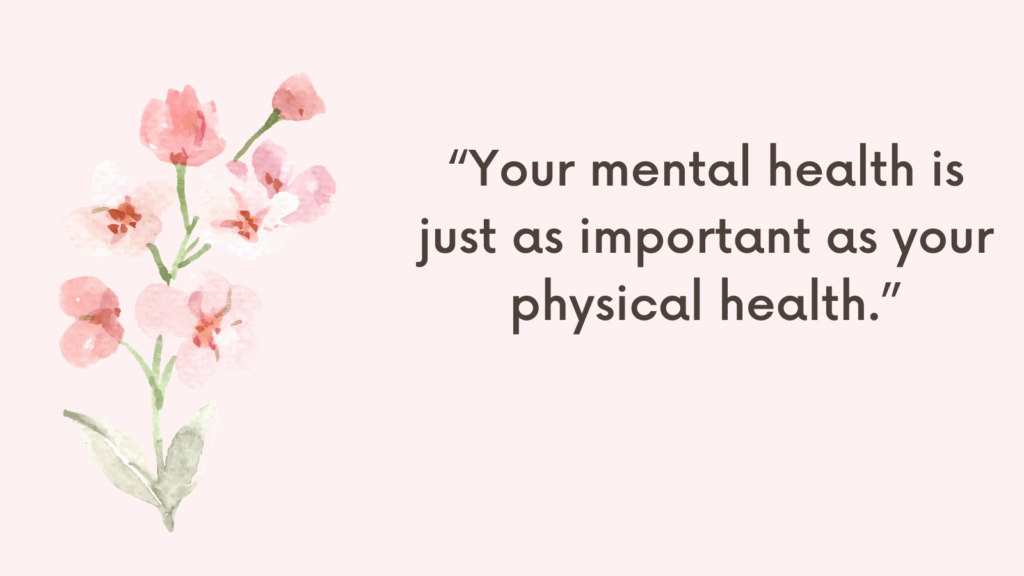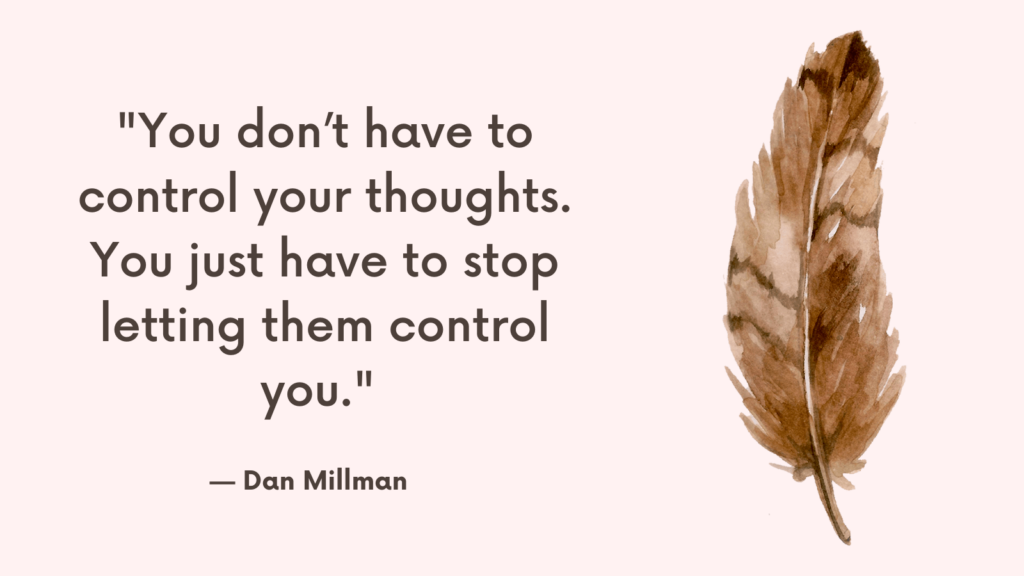Coping and escaping can look similar on the surface—both are responses to stress, overwhelm, or emotional pain. But the intention and outcome are very different. One helps you move through discomfort. The other helps you avoid it. Here’s how to tell the difference and shift from escaping to true coping.
The Difference Between Coping & Escaping
1. Coping Faces the Emotion, Escaping Avoids It
Coping allows you to acknowledge what you’re feeling—sadness, fear, anxiety—and work through it. Escaping numbs, distracts, or disconnects from the feeling entirely.
2. Coping Brings Relief, Escaping Brings Delay
Healthy coping might still feel uncomfortable at first, but it eventually brings clarity or calm. Escaping may bring instant relief, but the stress usually returns stronger later.
3. Coping Involves Awareness, Escaping Is Automatic
Coping is intentional—you know you’re choosing something to support your mental health. Escaping often happens on autopilot, like scrolling, bingeing, or zoning out.
Related: 30 Coping Skills for Anxiety and Depression
4. Coping Builds Resilience, Escaping Reinforces Avoidance
Every time you cope with discomfort, you grow your capacity to handle stress. Escaping teaches your brain that emotions are dangerous and must be avoided.
Related: Best 9 Tips On How To Stop Avoidance Cycle (+FREE Worksheets PDF)
5. Coping Leaves You Feeling Grounded, Escaping Leaves You Feeling Drained
After coping, you often feel clearer or more at peace. After escaping, you might feel guilty, disconnected, or more exhausted.
6. Coping Is Rooted in Self-Care, Escaping Is Rooted in Self-Protection
Coping asks: “What do I need right now to feel supported?” Escaping asks: “How can I get away from this feeling as fast as possible?”
Related: Best 99 Coping Skills (+FREE Coping Worksheets)
7. Examples of Coping
Talking to someone
Journaling your emotions
Taking a mindful walk
Crying and allowing grief to move
Doing breathwork or stretching
Setting boundaries
Practicing acceptance
8. Examples of Escaping
Binge-watching to avoid feelings
Overeating or undereating
Doom-scrolling or excessive screen time
Overworking to stay distracted
Using substances to numb
Sleeping excessively to shut down
Related: 10 Most Common Unhealthy Coping Mechanisms (And How to Replace Them)
9. Ask Yourself These Questions to Tell the Difference
Am I trying to feel better or feel less?
Will this help me in the long run—or just help me avoid the now?
Do I feel more connected to myself or more disconnected afterward?
How to Shift Gently from Escape to Coping?
1. Notice the Moment You Reach for Escape
Awareness is the first step. Pause and ask yourself: What am I trying not to feel right now? Catching the impulse is more important than stopping it completely.
2. Validate the Feeling Before Redirecting
Instead of pushing away the discomfort, name it. “I’m overwhelmed.” “I feel anxious.” This short moment of honesty can break the automatic escape cycle.
3. Swap Numbing for Soothing
Escaping often numbs you. Coping soothes you. Instead of zoning out, try something that gently comforts: a walk, warm tea, a journal page, music that grounds you.
Related: Top 4 DBT Skills to Go from Crisis to Calm
4. Give Yourself a Time Limit for Escape Habits
If you’re going to scroll or watch something, decide ahead: “20 minutes, then I’ll check in with myself.” This turns the habit into a choice—not a spiral.
5. Replace “Fix It Now” With “Support Myself Right Now”
Coping isn’t about solving everything. It’s about staying with yourself through the storm. Shift your mindset from fixing to supporting.
6. Ask: “What Would Help Me Feel 5% Better?”
You don’t need a full plan. You just need a small action: breathing deeply, texting a friend, stretching for a few minutes. Small steps break the freeze.
7. Create a Low-Energy Coping Menu
When you’re exhausted, decisions are hard. Make a list of gentle go-to options you can pick from when you want to escape—like a mental first-aid kit.
8. Reflect Without Judging
If you escaped again, don’t shame yourself. Ask: What did I need in that moment? The more curious you are, the more compassion you build—and the less you’ll need to run.
Related: 12 Ways to Express Emotions Clearly & Effectively
9. Make Space for Stillness
Sometimes we escape because we’ve lost the ability to sit with ourselves. Start small: two minutes of silence. You might be surprised what clarity rises.
10. Celebrate When You Choose to Cope
Notice the shift. “I wanted to avoid this—but I stayed with it.” That’s progress. That’s strength. That’s healing.
You don’t have to quit escaping all at once. You just need to start choosing coping, moment by moment—with kindness, awareness, and the belief that you can hold yourself through it.

Conclusion
Escaping is a natural response when things feel too big. But true relief comes from coping—facing the feeling, not fleeing it. Start small, stay kind, and give yourself tools that heal instead of hide.



